Chile de Árbol in English is commonly known as tree chili or bird's beak chili. The name comes from how the dried peppers hang from branches, not because they grow on trees. Native to Mexico, this slender, bright red pepper is a staple in traditional salsas, soups, and sauces, measuring 30,000–60,000 Scoville Heat Units (SHU) — hotter than jalapeños but milder than habaneros.
Table of Contents
- What Is Chile de Árbol?
- Spice Level and Flavor Profile
- Creative Ways to Use Chile de Árbol
- Buying Guide: Choosing the Best Chile de Árbol
- Storing and Preserving for Maximum Heat
- Safety Tips for Handling Super-Spicy Chiles
- Frequently Asked Questions
- Conclusion
Spice Level and Flavor Profile
The beauty of chile de árbol lies not only in its fiery heat but also in its rich, smoky undertone with hints of nuttiness and citrus. Here's a quick breakdown:
| Characteristic | Description |
|---|---|
| Heat Level (SHU) | 30,000–60,000 |
| Taste | Earthy, nutty, slightly citrusy |
| Best Used In | Salsas, marinades, oils, dry rubs |
This makes chile de árbol ideal for those who want bold spice without overwhelming their palate with pure heat.
Creative Ways to Use Chile de Árbol
Now that you know how hot and tasty these little peppers are, let's dive into some practical ways to put them to work in your kitchen:
- Salsa Magic: Toast a few dried chiles de árbol, blend with tomatoes, garlic, and onion for a smoky-hot salsa.
- Infused Oil: Add whole pods to olive oil for a few days and use it to finish tacos, pastas, or grilled veggies.
- Chili Salt: Toast and grind with coarse sea salt for a zesty sprinkle over popcorn or grilled meats.
- Marinades: Crush dried chiles and mix into your next chicken or steak marinade for an earthy kick.
- Stock Upgrades: Toss a pod into simmering broths or stews for a subtle heat boost.
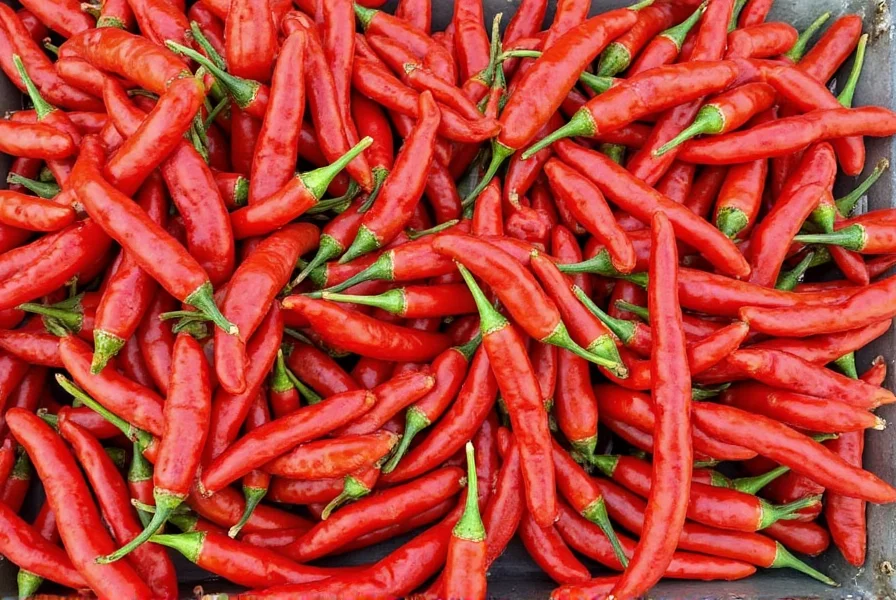
Buying Guide: Choosing the Best Chile de Árbol
When shopping for chile de árbol, whether fresh or dried, look for vibrant color and firmness (for fresh) or crispness (for dried). Here’s a helpful comparison to guide your purchase:
| Type | Fresh | Dried | Ground |
|---|---|---|---|
| Appearance | Bright red, smooth skin | Deep red, slightly wrinkled | Reddish powder |
| Use Cases | Grilling, roasting, stuffing | Blending into sauces, soups | Seasoning blends, rubs |
| Heat Retention | Moderate | High | Very high |
| Shelf Life | 1 week refrigerated | Up to 1 year stored dry | Up to 2 years |
Some recommended products to try include:
- Goya Chile de Árbol Whole: Ideal for grinding or infusing oils. Features consistent size and deep color.
- El Mexicano Dried Chile de Árbol: Perfect for making authentic salsas. Comes in resealable pouches for freshness.
- La Costeña Ground Chile de Árbol: Great for adding instant heat to rubs and sauces. Smooth texture, no grit.
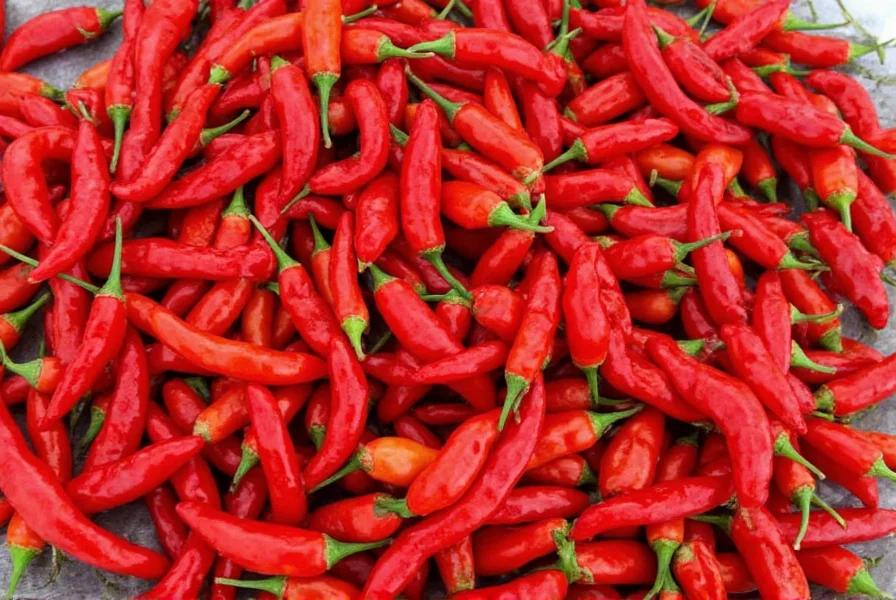
Storing and Preserving for Maximum Heat
Proper storage ensures your chiles retain their potency and flavor. Here’s how to store each type:
- Fresh Peppers: Keep in a plastic bag in the refrigerator for up to a week.
- Dried Peppers: Store in an airtight container in a cool, dark place for up to a year.
- Ground Powder: Seal tightly in a glass jar away from sunlight to prevent oxidation.
For longer preservation, you can freeze whole fresh chiles or make chile paste and freeze it in ice cube trays for future use.
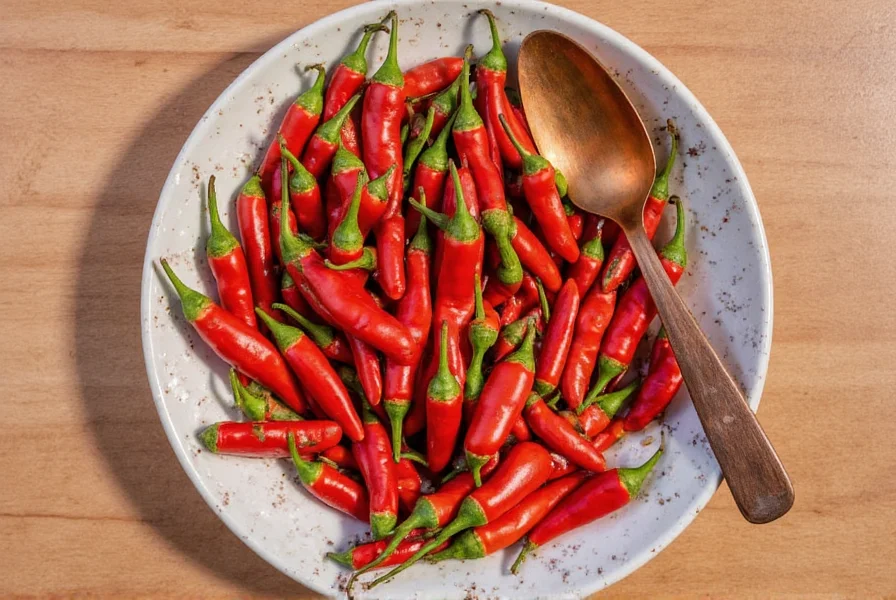
Safety Tips for Handling Super-Spicy Chiles
Let’s face it — chile de árbol isn’t messing around. The capsaicin content can irritate your skin, eyes, and respiratory system. Here’s how to handle it safely:
- Wear gloves when slicing or crushing fresh chiles.
- Avoid touching your face, especially eyes, during preparation.
- Use a small fan or work under a vent hood to avoid inhaling fumes when cooking.
- Have milk or yogurt nearby — they neutralize capsaicin better than water.
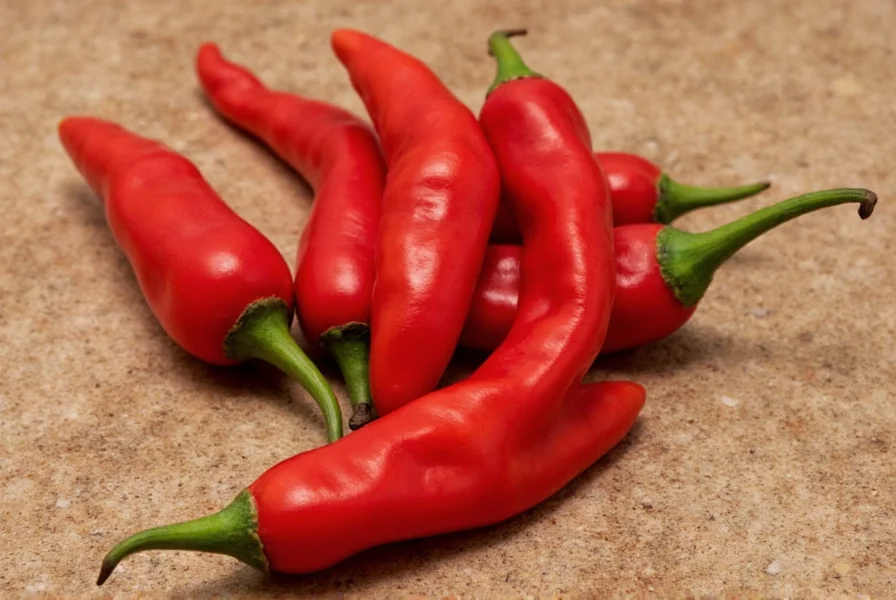
Frequently Asked Questions
What is chile de árbol called in English?
In English, it's called "tree chili" (pronounced "tree chee-lay"). The name comes from how the peppers hang from branches when drying, not because they grow on trees. Outside of Mexico, you'll often see it labeled simply as "árbol chili" or "bird's beak chili" in markets.
How hot is chile de árbol compared to other common peppers?
Chile de árbol (30,000-60,000 SHU) is about 15-30 times hotter than a jalapeño (2,500-8,000 SHU) but significantly milder than a habanero (100,000-350,000 SHU). It sits in the same heat range as cayenne pepper but with more complex flavor notes.
Can I substitute chile de árbol with other peppers?
Yes! For similar heat and flavor, use cayenne pepper (fresh or ground) as a 1:1 substitute. For milder applications, try guajillo peppers. For dried chile substitutions, crushed red pepper flakes work in a pinch but lack the nutty-citrus notes. Always start with half the amount and adjust to taste.
Is there a difference between fresh and dried chile de árbol?
Dried chile de árbol develops more concentrated heat and smoky depth compared to fresh versions, which have brighter citrus notes. Dried peppers are ideal for grinding into powders or infusing oils, while fresh ones work better for roasting or stuffing. Dried versions typically pack 20-30% more heat.
How do I reduce the heat of chile de árbol in my dish?
Remove the seeds and white membranes before using—these contain most capsaicin. Toasting dried chiles briefly in a dry pan before use can mellow their heat slightly while enhancing flavor. If a dish becomes too spicy, add dairy (sour cream, cheese), acid (lime juice), or sweetness (honey) to balance the heat.
Where can I buy chile de árbol?
You'll find dried chile de árbol in most Latin American grocery stores, major supermarket spice aisles (like Whole Foods or Kroger), and online retailers. Look for them near other dried chiles like ancho or guajillo. Whole peppers maintain freshness longer than pre-ground versions.
Conclusion
Whether you’re looking to add a kick to your next taco night or elevate a homemade sauce, chile de árbol is a versatile and powerful tool in any spice lover’s arsenal. Now that you’ve got the lowdown on chile de árbol in English, it’s time to get creative in the kitchen — just don’t forget the gloves!
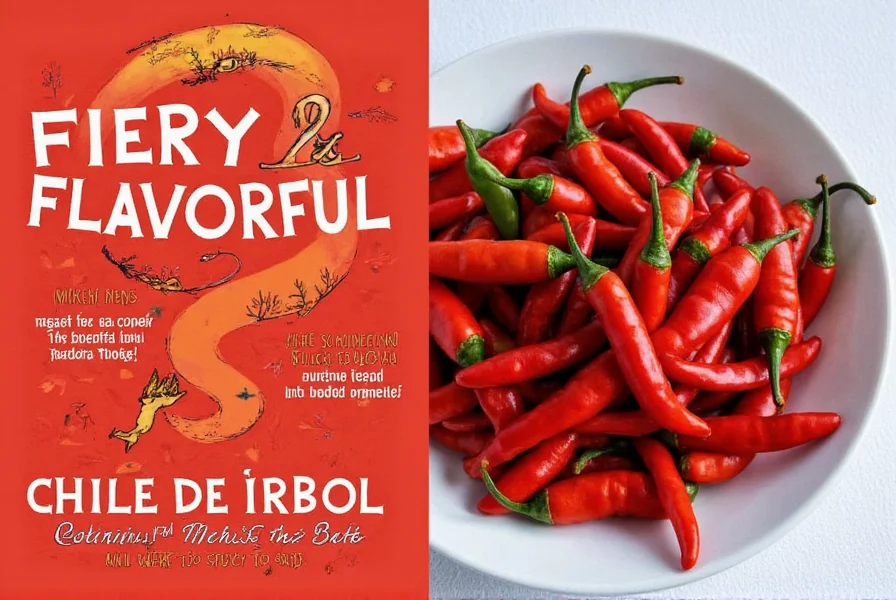

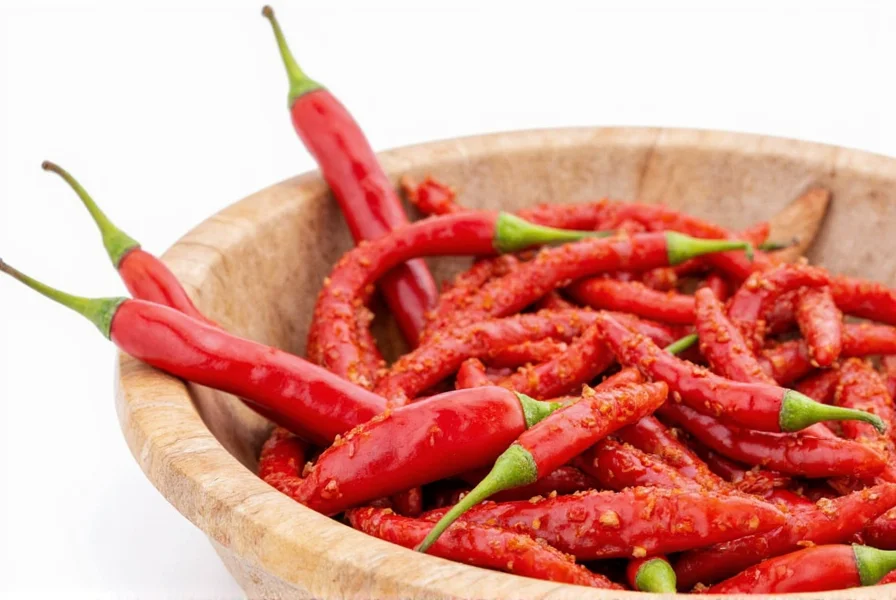









 浙公网安备
33010002000092号
浙公网安备
33010002000092号 浙B2-20120091-4
浙B2-20120091-4